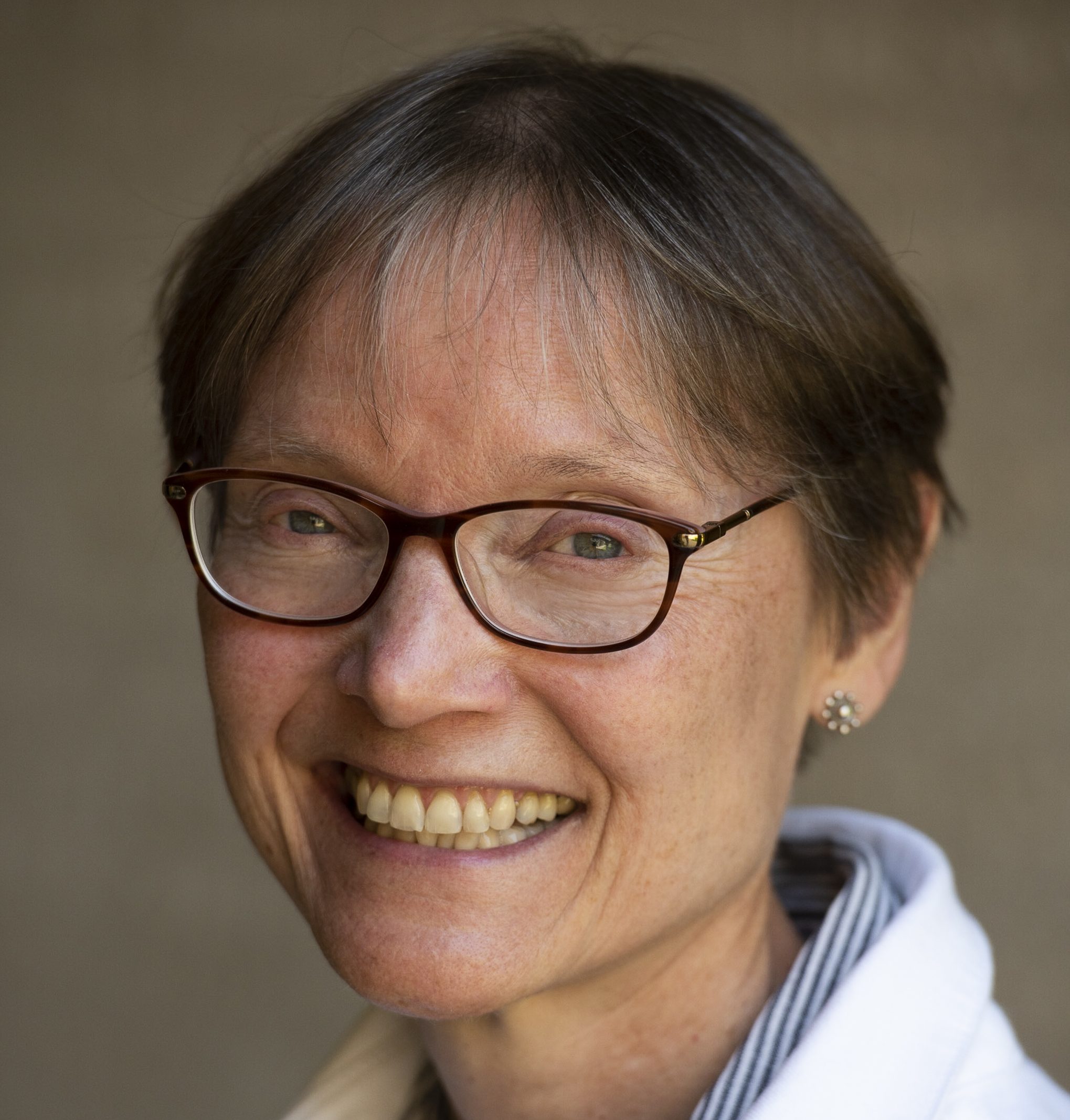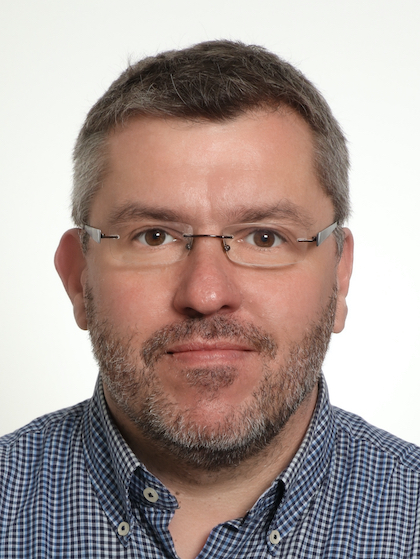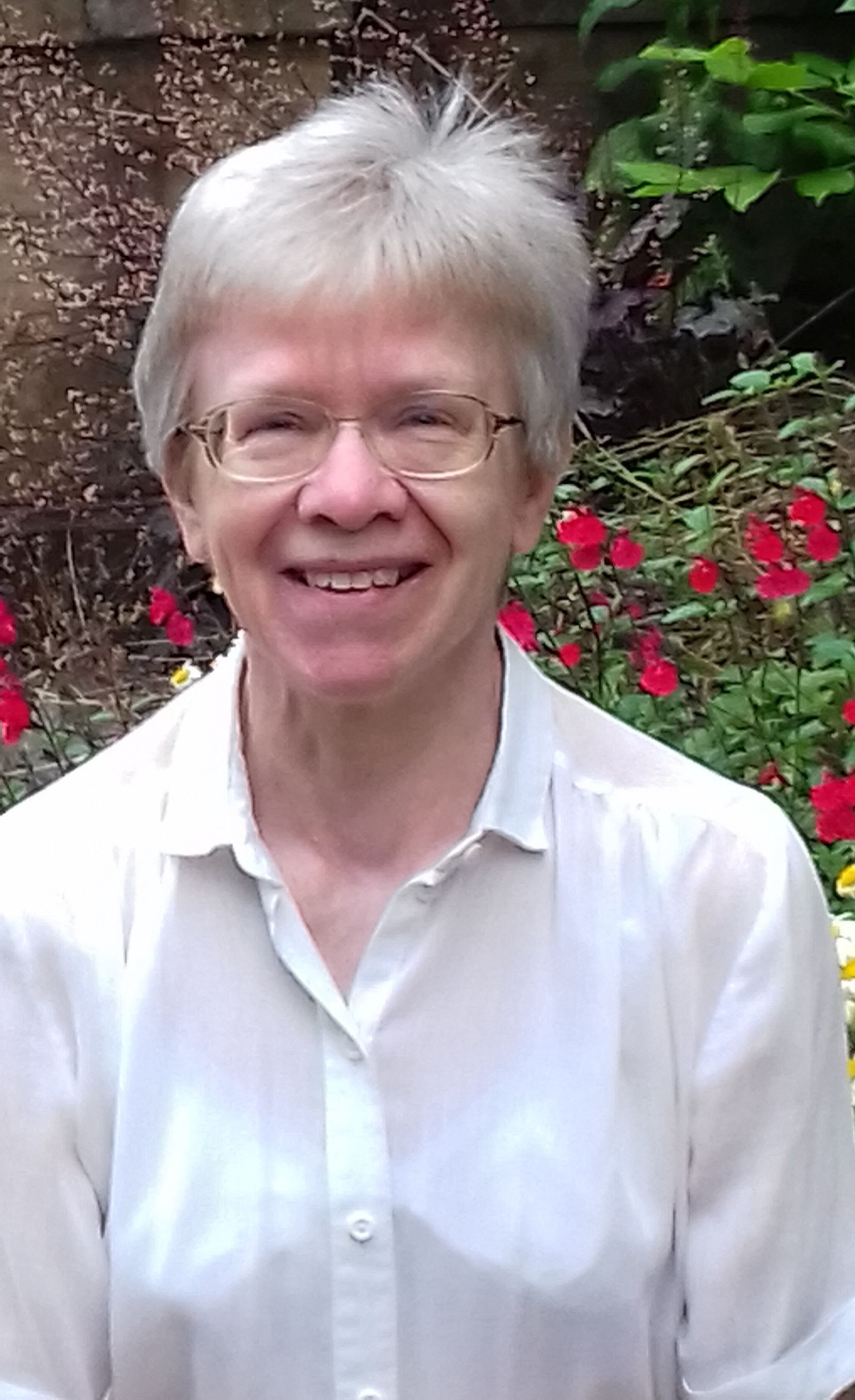Keynote speakers
Prof. Em. Charlotte Brewer (University of Oxford)

James Murray: colleagues and collaboration in the making of the Oxford English Dictionary
Charlotte Brewer, University of Oxford
Abstract
“I am absolutely a pioneer,” James Murray wrote to his colleague Henry Sweet in 1882, in the early stages of creating what was to become The Oxford English Dictionary. This was undoubtedly true: the OED (completed 1928) was the first dictionary of English to give a full historical account of all - or nearly all - the words in the language, including etymology, spelling, pronunciation, and the development of senses over time. Murray could not possibly have carried out this pioneering project without the help of a huge number of colleagues and contributors. However, despite all the research done to date on the making of the OED, we are still discovering the extent of Murray’s reliance on other experts and researchers of the time. My talk draws on unpublished (or only recently published) letters, preserved in Oxford and Paris archives, to discuss the support given him by two such under-investigated collaborators, very different from each other: Paul Meyer (1840-1917), one of the leading authorities on the history of French and other romance languages, who was for many years professor at the Collège de France and director of the École des Chartes in Paris; and Lucy Toulmin Smith (1838-1911), an independent scholar, based firstly in Highsmith (London), then in Oxford, where she became the first woman librarian of an Oxford college.
Murray Scriptorium (https://www.murrayscriptorium.org)
Prof. Dr. Alexander Bergs (University of Osnabrück)

Same same … but different? Revisiting the recency illusion
Alexander Bergs, University of Osnabrück
Abstract
In a 2005 entry on LanguageLog, Arnold Zwicky described what he called the "recency illusion“: "the belief that things YOU have noticed only recently are in fact recent“. Popular examples include singular they, literally as intensifier, or aks (instead of ask). And what is more: not only do we perceive these as recent, but the complaint tradition would tell us that these are signs of language decay. Is that really true?
In this talk, I would like to explore the phenomenon of the recency illusion in greater detail. Is it really an illusion? Some allegedly innovative constructions, like because X, seem to go back several hundred years. But are the historical and the recent occurrences really the same? And how can we distinguish between the two? Are there, perhaps, linguistic comets? Constructions and items that show up in (documented) historical language use, disappear, and show up again a few hundred years later, only to disappear again?
This discussion ultimately may lead us to data issues. We are unearthing new historical data every day, and especially data from informal language use, if available, can sometimes reveal that what we think is new and hot, is actually old hat. Graffiti today, as annoying as it may be, is more than 2,000 years old, and some informal language use on cell phones, for example, actually looks pretty much like informal notes and letters from Victorian England. What are the consequences for our work as historical linguists and lexicographers? How else can we use the past to explain the present?
Prof. Carole Hough (University of Glasgow)

Naming names: the contribution of name evidence to historical dictionaries
Carole Hough, University of Glasgow
Abstract
Names are not lexical items, but are often created from them. Used appropriately, they can make a significant contribution to historical lexicology and lexicography. Many names circulate orally for centuries before being written down, and provide evidence of colloquial lexis, often predating literary or documentary sources. Others expand the known semantic or geographical range of recorded words, reflecting extended or more nuanced meanings alongside regional uses. Whereas word meanings are typically deduced from contexts of use, names offer different types of contexts, both grammatical and semantic. Names attached to people preserve a rich range of terminology relating to human society, while names attached to places are an equally rich storehouse of terms for the natural and built environment. Unlike people and manuscripts, places do not move around, so lexical information incorporated within their names is also reliably locatable.
This paper focuses on three main types of names: place-names, surnames and bynames. Each presents different opportunities and challenges for the historical lexicologist. Their lexicographical potential is explored with particular reference to the curated Dictionaries of the Scots Language (combining A Dictionary of the Older Scottish Tongue with The Scottish National Dictionary), the Oxford English Dictionary and the Dictionary of Old English. Representing a cross-section of etymological and non-etymological, diachronic and synchronic dictionaries, they also take varying approaches to names. While the overall trajectory is towards increasing use of name evidence, these approaches continue to evolve alongside ongoing progress on the Dictionary of Old English and on revisions for the third edition of the Oxford English Dictionary.
References
Dictionaries of the Scots Language: https://dsl.ac.uk/
Dictionary of Old English: https://doe.artsci.utoronto.ca/
Oxford English Dictionary: https://www.oed.com/
